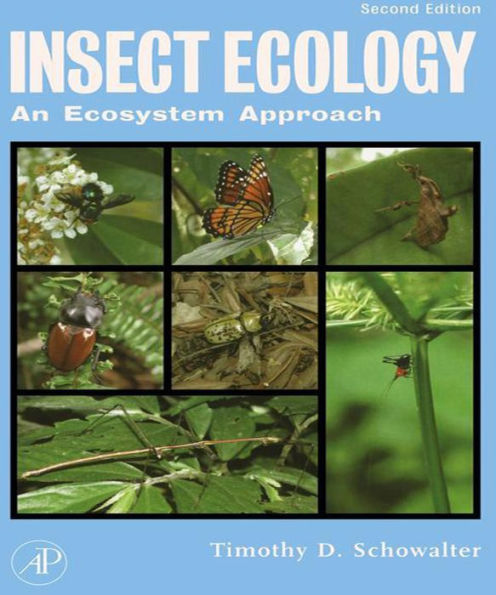Dr. Timothy Schowalter has succeeded in creating a unique, updated treatment of insect ecology. This revised and expanded text looks at how insects adapt to environmental conditions while maintaining the ability to substantially alter their environment. It covers a range of topics- from individual insects that respond to local changes in the environment and affect resource distribution, to entire insect communities that have the capacity to modify ecosystem conditions.
Insect Ecology, Second Edition, synthesizes the latest research in the field and has been produced in full color throughout. It is ideal for students in both entomology and ecology-focused programs.
NEW TO THIS EDITION:
* New topics such as elemental defense by plants, chaotic models, molecular methods to measure disperson, food web relationships, and more
* Expanded sections on plant defenses, insect learning, evolutionary tradeoffs, conservation biology and more
* Includes more than 350 new references
* More than 40 new full-color figures



